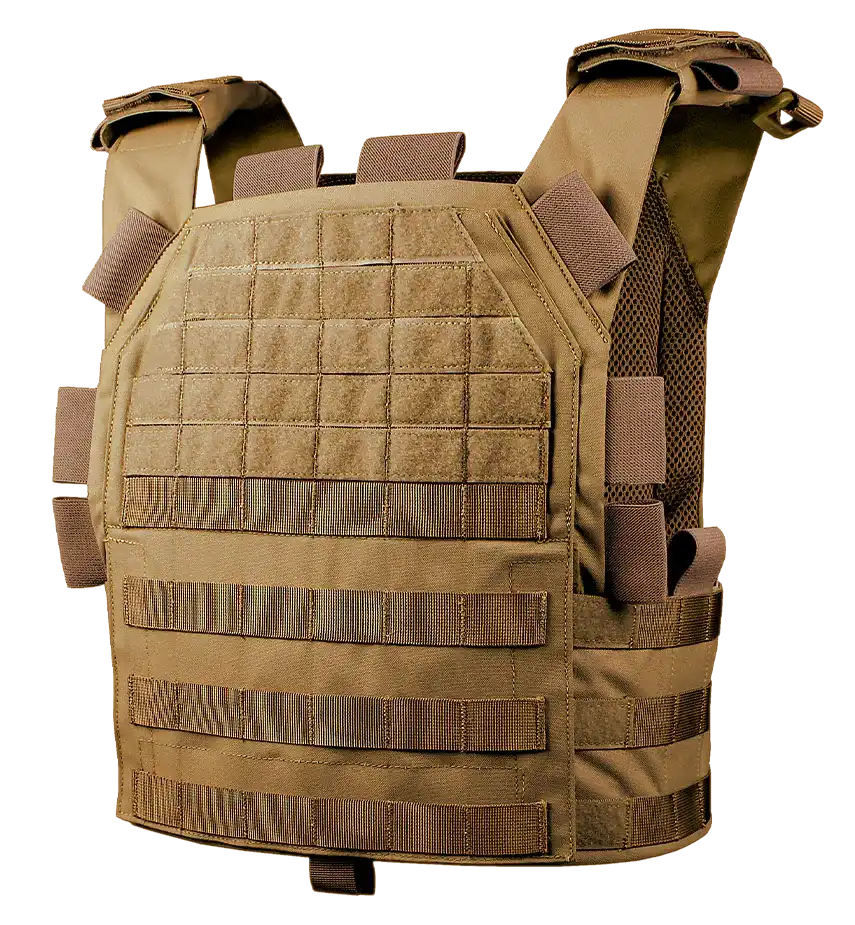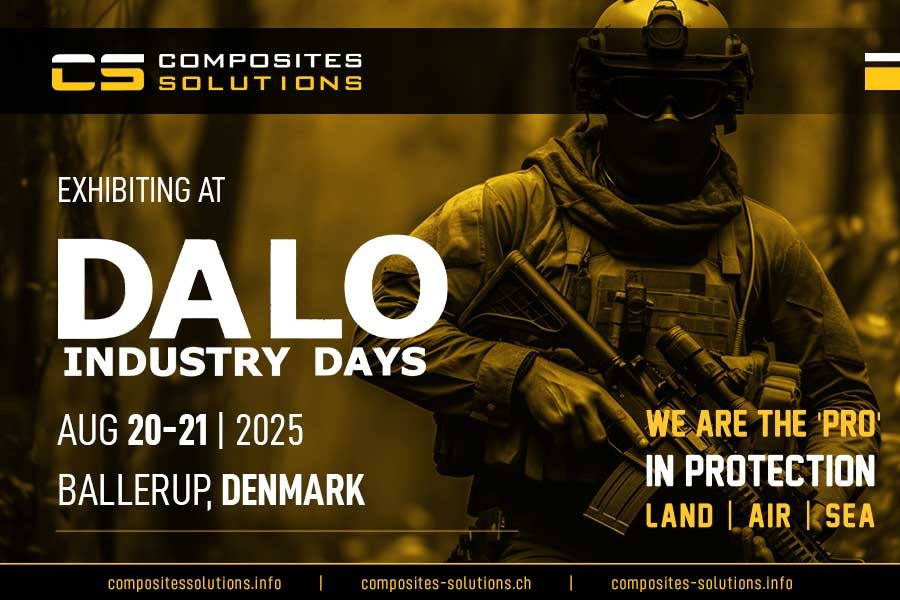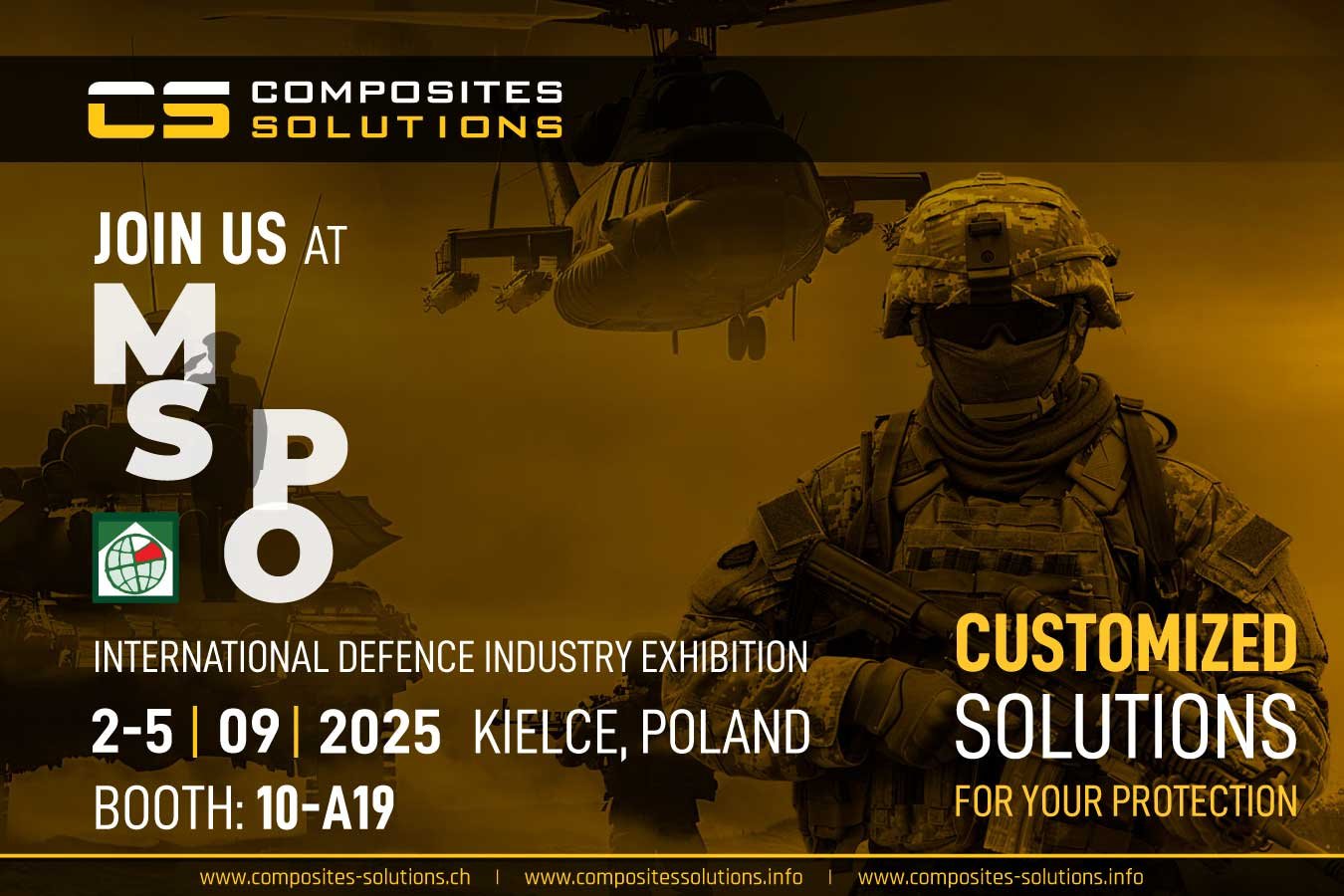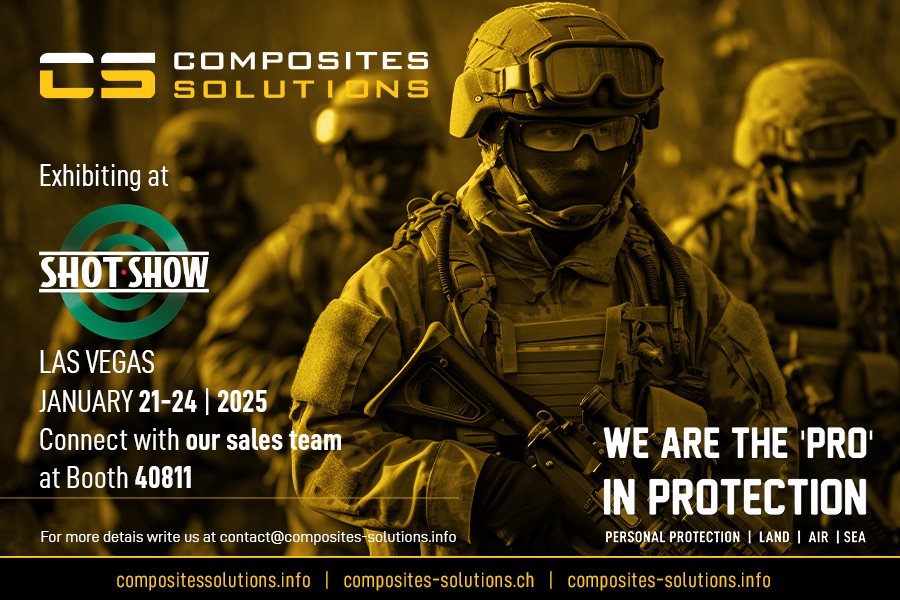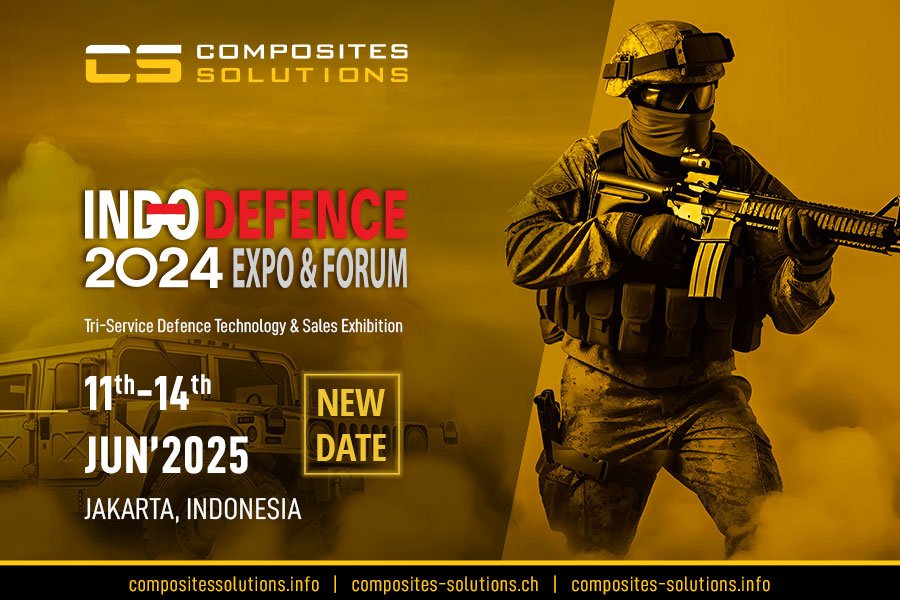Understanding the Importance of Bulletproof Armor Vests
In today’s world, the need for personal safety has become paramount, especially for individuals who find themselves in high-risk environments. Bulletproof armor vests play a crucial role in providing the necessary protection against ballistic threats. These vests are designed to absorb and disperse the energy from bullets, significantly reducing the risk of severe injury or fatality. Understanding the importance of these vests is essential not only for law enforcement and military personnel but also for civilians who may be concerned about their safety.
The significance of bulletproof armor vests extends beyond mere protection; they also provide peace of mind. Knowing that you are equipped with a reliable vest can enhance your confidence while performing duties in dangerous situations. Moreover, the psychological aspect of having protective gear can impact decision-making processes, allowing individuals to focus on their tasks without the constant worry of personal safety. This mental fortitude is invaluable, especially for those in law enforcement, where quick and decisive actions are often required.
Additionally, the evolving nature of threats in society necessitates a more robust approach to personal safety. With incidents of gun violence on the rise, the demand for effective protective gear has surged. Bulletproof vests have become a standard piece of equipment for many professionals, highlighting their importance in safeguarding lives. As technology advances, so do the capabilities of these vests, making it imperative for users to stay informed about their options and the features that best meet their needs.
Types of Bulletproof Armor Vests
Bulletproof armor vests come in various types, each designed to cater to specific needs and scenarios. The two primary categories of armor vests are soft armor and hard armor. Soft armor vests are typically made from layers of woven or laminated fibers, such as Kevlar or Twaron, which provide flexibility and comfort. They are ideal for everyday use and are often favored by law enforcement officers who require mobility while still needing a reasonable level of protection against handgun threats.
On the other hand, hard armor vests incorporate rigid plates made from materials like ceramic or polyethylene. These plates offer enhanced protection against higher caliber rounds and are essential for military personnel or individuals operating in combat zones. Hard armor vests tend to be bulkier and heavier than their soft counterparts, but they are crucial when facing potential threats from rifles or armor-piercing ammunition. Understanding the differences between these types is vital when selecting the right vest for your specific needs.
Furthermore, there are also hybrid vests that combine both soft and hard armor elements. Such vests offer a balance between comfort and protection, making them suitable for various situations. Additionally, specialized vests, such as those designed for tactical operations, may come with added features like modular pouches for carrying equipment. When choosing a bulletproof vest, it’s important to assess the environment in which it will be used, as well as the level of threat you may encounter, to ensure you select the most appropriate type of armor.
Levels of Protection: NIJ Standards Explained
The National Institute of Justice (NIJ) sets the standards for body armor in the United States, categorizing vests based on their level of protection against ballistic threats. These levels, ranging from I to IV, signify the vest’s ability to stop various types of ammunition. Understanding these levels is crucial for anyone looking to invest in a bulletproof vest, as it helps clarify the level of protection you can expect.
Level I armor is designed to protect against lower-velocity rounds, such as .22 Long Rifle and 9mm, making it suitable for individuals who may face limited threats. In contrast, Level II armor can stop 9mm and .357 Magnum rounds, providing a better level of protection for law enforcement officers. For those requiring enhanced security, Level III armor is capable of stopping 7.62mm NATO rounds, which are commonly used in military engagements.
The highest standard, Level IV, is intended to stop armor-piercing rifle rounds, making it the ideal choice for military personnel and others operating in high-risk environments. It’s important to note that higher levels of protection often come with trade-offs in terms of weight and comfort. Therefore, when selecting a vest, individuals should carefully consider their specific needs and the potential threats they might face, ensuring that the chosen armor level aligns with their operational requirements.
Factors to Consider When Choosing a Bulletproof Armor Vest
When selecting a bulletproof armor vest, there are several key factors to consider to ensure that you make the right choice for your safety needs. First and foremost, the level of protection needed is critical. Assess the potential threats you may encounter and choose a vest that offers the appropriate level of NIJ protection. This consideration will help you balance the need for safety with the practicalities of everyday wear.
Another important factor is the comfort and fit of the vest. A vest that is too tight or too loose can hinder mobility and become a distraction. Look for options that offer adjustable features, such as side straps or Velcro, to ensure a snug fit. Additionally, consider the weight of the vest, as heavier armor can lead to fatigue over long periods of use. Lightweight options that still provide adequate protection are available and may be worth exploring for those requiring extended wear.
Lastly, the material of the vest should also play a role in your decision-making process. Different materials can impact not only the weight and comfort of the vest but also its durability and resistance to wear and tear. Soft armor made from high-strength fibers like Kevlar may offer flexibility but could be less durable in harsh conditions compared to hard armor plates. Evaluate the environments in which you will be using the vest and choose materials that align with those needs for optimal performance and longevity.
Choosing the Right Size and Fit
Selecting the right size and fit for a bulletproof armor vest is paramount for ensuring maximum protection and comfort. An ill-fitting vest can compromise safety, as gaps between the armor and the body may expose critical areas to potential threats. To achieve the best fit, it is essential to take accurate measurements of your torso, including chest circumference and torso length. Many manufacturers provide sizing charts that can guide you in selecting the appropriate size based on these measurements.
When trying on a vest, ensure that it covers vital organs while allowing for ease of movement. The vest should sit snugly against the body without being overly restrictive. Pay attention to the shoulder straps, which should not dig into your skin but should also prevent the vest from shifting during movement. Additionally, consider the length of the vest; it should extend down to the waistline or lower to provide adequate coverage without hindering mobility.
Finally, remember that personal preferences vary, and what works for one individual may not work for another. Some people prefer vests with a more streamlined design, while others might favor a bulkier look that offers additional features. It’s advisable to try on different styles and sizes to determine what feels best for you, taking into account factors such as intended use and personal comfort. A well-fitted vest will not only enhance your safety but also provide you with the confidence to perform your duties effectively.
Common Misconceptions About Bulletproof Armor Vests
Despite the increasing prevalence of bulletproof armor vests, several misconceptions persist regarding their capabilities and limitations. One common myth is that all bulletproof vests can stop every type of bullet. In reality, the effectiveness of a vest is highly dependent on its level of protection as defined by the NIJ standards. Higher-level vests are indeed designed to stop more powerful rounds, but they may also be bulkier and heavier, which can impact mobility and comfort.
Another misconception is that bulletproof vests are impervious to all forms of attack, including knives and other sharp objects. While many vests provide ballistic protection, they are not necessarily stab-resistant unless specifically designed for such threats. There are vests available that offer multi-threat protection, but it’s crucial to understand the specific capabilities of the vest you are considering. Always verify the manufacturer’s claims and look for vests that have been tested for both ballistic and stab resistance if you anticipate facing such risks.
Lastly, some individuals believe that once a bulletproof vest is worn, it remains effective indefinitely. This is not the case, as the materials used in vests can degrade over time due to exposure to environmental factors, wear and tear, and repeated use. It is essential to follow the manufacturer’s guidelines regarding the lifespan of the vest and to have it inspected regularly for any signs of damage or wear. Understanding these misconceptions can help individuals make informed decisions about their protective gear and ensure they are adequately prepared for potential threats.
Proper Care and Maintenance of Bulletproof Armor Vests
Taking proper care of your bulletproof armor vest is essential for maintaining its effectiveness over time. Regular maintenance not only prolongs the life of the vest but also ensures that it provides the level of protection you expect when you need it most. One of the primary care routines involves cleaning the vest according to the manufacturer’s instructions. Most soft armor vests can be wiped down with a damp cloth, while some may be machine washable. Always check the care label before proceeding to avoid damaging the materials.
Additionally, it is crucial to store your vest correctly when it’s not in use. Avoid folding the vest in a way that may cause creases or damage to the protective panels. Instead, hang the vest on a sturdy hanger in a cool, dry place to maintain its shape and integrity. Exposure to extreme temperatures or moisture can degrade the materials and compromise the vest’s protective capabilities. Regularly inspect your vest for any signs of wear, such as fraying, punctures, or discoloration, and address any issues immediately to prevent further damage.
Lastly, understanding the lifespan of your bulletproof vest is vital. Most manufacturers recommend replacing soft armor vests every five to seven years, while hard armor plates may have a longer lifespan. However, if your vest has been involved in a traumatic incident, such as being shot, it should be replaced immediately, regardless of its age. Proper care and timely replacement of your vest will ensure that you remain protected and confident in your personal safety.
Testing and Certification of Bulletproof Armor Vests
The testing and certification of bulletproof armor vests are critical components in ensuring their reliability and effectiveness. Vests undergo rigorous testing processes to evaluate their performance against specific ballistic threats as outlined by the NIJ standards. During these tests, vests are subjected to various types of ammunition to determine their ability to stop bullets and protect the wearer. The results of these tests provide valuable information to consumers and help them make informed decisions about their protective gear.
Certification is another vital aspect of the armor selection process. A vest that has been certified by the NIJ signifies that it meets or exceeds established performance standards. Consumers should look for vests that come with a certification label, as this indicates that the product has been independently tested and validated. It is important to note that some manufacturers may produce vests that claim to be bulletproof without undergoing proper testing. Therefore, always verify the certification status and ensure that the vest has been tested by a reputable organization.
Additionally, consumers should be aware of the potential for counterfeit products in the market. The growing demand for bulletproof armor has led some companies to produce inferior vests that do not provide adequate protection. To avoid such pitfalls, it is advisable to purchase armor from reputable manufacturers or authorized dealers. Doing so not only ensures that you receive a certified product but also gives you peace of mind knowing that your safety is in capable hands.
Where to Buy Bulletproof Armor Vests
When it comes to purchasing a bulletproof armor vest, knowing where to buy is just as important as understanding the product itself. There are various options available, ranging from specialized retailers to online platforms, each with its advantages and disadvantages. One of the best places to start is with dedicated tactical and law enforcement supply stores. These retailers often carry a wide range of vests and can provide personalized assistance to help you choose the right armor based on your needs.
Online shopping has also become a popular method for purchasing bulletproof vests. Websites specializing in tactical gear typically offer a vast selection of products, often at competitive prices. However, when buying online, it’s crucial to ensure that the retailer is reputable and that the products have been tested and certified. Look for customer reviews and feedback to gauge the reliability of the seller and the quality of their vests.
Additionally, attending trade shows or safety expos can provide an excellent opportunity to see and try on different vests in person. These events often feature various manufacturers and allow you to compare products side by side, gaining firsthand insights into their features and benefits. No matter where you choose to purchase your bulletproof vest, always prioritize quality, certification, and fit to ensure you are making a sound investment in your safety.
Conclusion: Finding the Perfect Bulletproof Armor Vest for Your Needs
In conclusion, finding the perfect bulletproof armor vest is a critical step in ensuring your safety and protection in high-risk situations. By understanding the importance of these vests, the various types available, and the levels of protection as defined by NIJ standards, you can make an informed decision that aligns with your specific needs. Consider factors such as comfort, fit, and material when selecting your vest, as these elements play a significant role in your overall experience.
As you navigate the selection process, be mindful of common misconceptions about bulletproof armor vests and the importance of proper care and maintenance. Regular inspections and adherence to manufacturer guidelines will help prolong the life of your vest, ensuring that it remains effective when you need it most. Additionally, understanding the testing and certification of vests will empower you to choose products that have been verified for their protective capabilities.
Ultimately, whether you are a law enforcement professional, military personnel, or a concerned civilian, investing in the right bulletproof armor vest is an essential part of safeguarding your life. Take the time to research, evaluate your options, and make a choice that prioritizes your personal safety. With the right vest, you can face the challenges of your environment with confidence and assurance.


